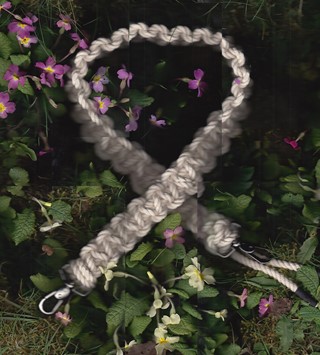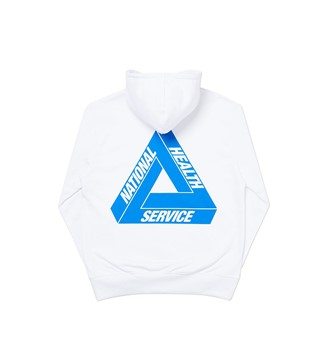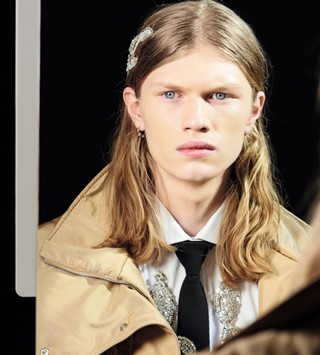In the latest installment of his series on obsolete menswear brands, Rob Nowill remembers the Comme des Garçons label that mashed up American sportswear and Japanese deconstruction – to amazing effect
- TextRob Nowill
The Ones That Got Away is a series by Rob Nowill examining brilliant and now sadly obsolete menswear brands.
A confession: I’ve never really understood the obsession with Japanese fashion.
Sure, I get Comme and Junya, and I can appreciate the older stuff by Issey and Yohji. But most of it leaves me cold. It’s not so much the clothes themselves, which are often perfectly pleasant. It’s the people who wear them.
There’s a kind of smug piousness to Western people who insist that they only wear Japanese denim, or who wouldn’t dream of wearing trainers unless they are by Hender Scheme. It’s the same kind of person who only drinks craft beer, or insists on playing entire albums instead of just putting on a playlist. Get them talking about Visvim and you’ve lost an hour of your life.
Ganryu, though, I liked. As one of the younger designers developed under the umbrella of Comme des Garçons, Fumito Ganryu emerged in 2007 as a former pattern-cutter and protégé of Rei Kawakubo. With her backing, he launched his own line, following in the footsteps talents like Chitose Abe of Sacai and Tao Kurihara (whose label also went too soon). But of the other brands in its stable, it was probably closer to the work of Junya Watanabe. Both seemed to take a certain pleasure in taking the most prosaic items of clothing – denim jeans, coach jackets, hoodies – and making them look the same, yet different.
It could be an unexpected seam, distorting the line of a pair of trousers. Or the scooped collar on baseball t-shirt. Or a fluorescent collar on an otherwise unremarkable jacket. Even if it sometimes veered into the extreme, you were guaranteed that no item was boring. Its aesthetic was a kind of mash-up between American sportswear and Japanese deconstruction, created with a gleeful colour sense: seafoam green, cornflower blue, and safety orange all bumping up against one another.
Taken together, it could seem intimidating and hard to digest. But if you pulled a piece out, and tried it on, it started to make sense. The clothes felt like they were giving you a gentle nudge: why can’t you wear a bit more colour? Don’t you want to try something a bit more fun? It’s only clothes. And are you really wearing navy again?
It’s curious that men’s fashion so often retreats into the most conservative of colours. Even in the era of Instagram and #ootd, it hasn’t shifted much: scroll through any e-commerce site and you’ll find that the vast majority of clothing is produced in black, grey or blue. Perhaps that’s why Ganryu never found its commercial footing: it was a nudge too far for most men.
The brand closed last year, announced via a statement from Comme des Garçons HQ. The reasons for its closure weren’t given, but it was fairly common knowledge within the menswear industry that it had struggled to achieve strong sales. It’s not known what Fumito Ganryu has been doing since.
I didn’t buy much from the brand. Like so many Japanese labels, the prices could veer into the eye-watering. And I was never sure that I was the guy who could pull off bright colour, or patchwork, or an optical print. But I did buy one piece: a bomber jacket, made from ice-white seersucker. It’s far more conspicuous than most of the clothes I own. Frequently I put it on, consider myself in the mirror, and put it back into my wardrobe as if chastened. But when I do wear it out, and I walk through a sea of people in black or grey, I feel glad that I’m not one of them. Try it. It’s a good feeling.
Rob Nowill is a writer and menswear consultant who contributes to Guardian, AnOther Man, GQ and Vice
More from our The Ones That Got Away series:
Why I Miss Miu Miu Menswear Now More Than Ever
The Streetwear Brand that Preceded Streetwear Itself
How Meadham Kirchhoff Menswear Anticipated Contemporary Fashion











